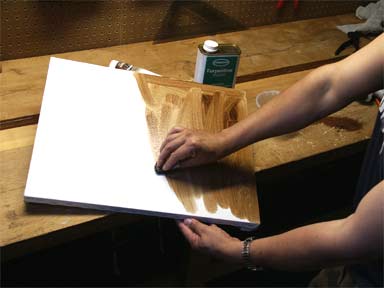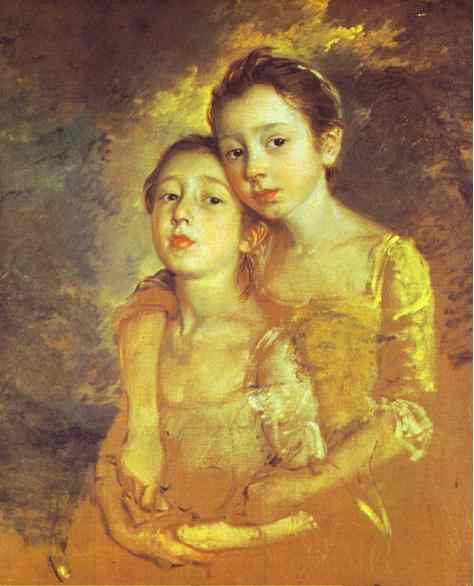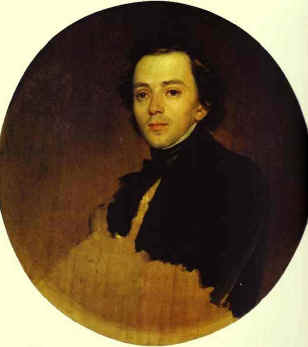
Toning a canvas, or applying colored grounds is a very important part of the process of painting. Not all artists like to paint on a white surface. By mixing oil paint with turpentine and applying it with a cloth or brush to the canvas, we can add a background color that not only gives us a starting common color to work with, but also eliminates those distracting little white dots. These dots are particularly annoying in darker areas of your painting. Additionally, artists that paint on white, have the tendency to paint in too light a key. The reason is simple color interaction.
Another advantage of toning your canvas is that when you start painting, you can leave small unpainted patches throughout the picture, helping to bring unity to the painting, and preventing other colors from becoming too dominant. Common ground colors are earth colors.

